
How might we develop a socialist approach to technologies, in the face of the threat of rapid, potentially uncontrollable, climate change? Simon Pirani offers his contribution.

How might we develop a socialist approach to technologies, in the face of the threat of rapid, potentially uncontrollable, climate change? Simon Pirani offers his contribution.
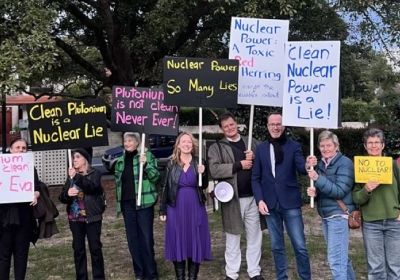
Anti-nuclear activists protested outside a fundraiser at the Double Bay bowls club, hosted by Nationals MPs Keith Pitt and David Gillespie, advocates of the Coalition’s nuclear power plan. Kerry Smith reports.
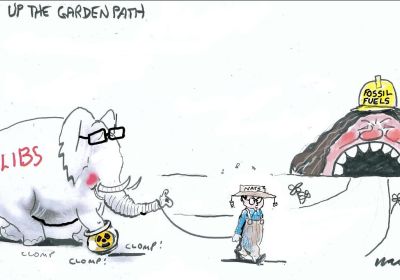
Peter Dutton's nuclear power push needs to be opposed but Labor is compromised on nuclear, writes Alex Bainbridge.
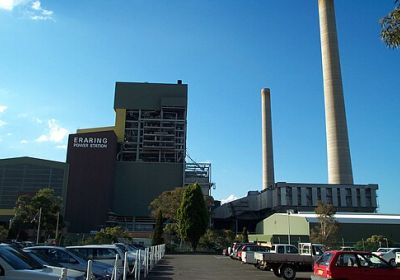
In yet another public hand-out to fossil energy, NSW Labor has said the ageing Eraring coal-fired power station will stay open until 2027 to ensure a stable power supply. But there are other options, argue Zane Alcorn and Pip Hinman.
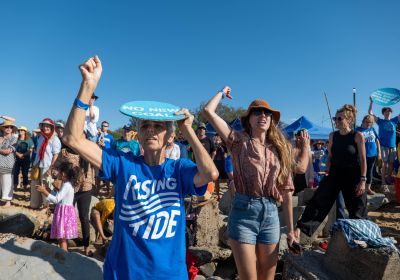
Australia is unlikely to achieve net zero by 2050 in the absence of radical policy changes, writes John Quiggin.

Environmental Jobs Alliance Geelong (EJAG) celebrated its work with a dinner involving representatives from the Wadawurrung Traditional Owners Aboriginal Corporation, unionists, community members and local businesses. Jackie Kriz reports.
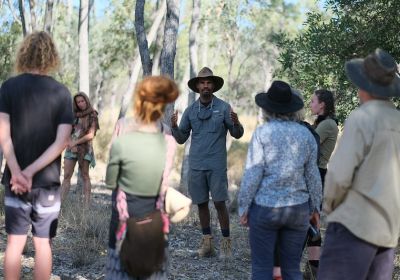
The Modi government is keen to fashion the Adani Group as a spear of influence, however its renewables story cannot hide the fact that its core business remains thermal coal mining, gas distribution and transportation, argues Binoy Kampmark.
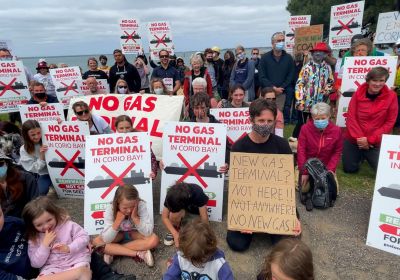
We are being told that there is a gas shortage and the coal industry is failing because it has been run down in favour of renewables. Sue Bull argues these claims are fraudulent.
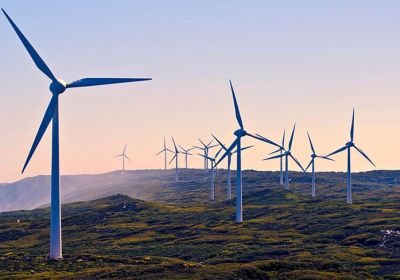
Wind is now one of the cheapest energy solutions, but the federal resources minister has vetoed help for a new wind farm in Far North Queensland. John Pratt reports.
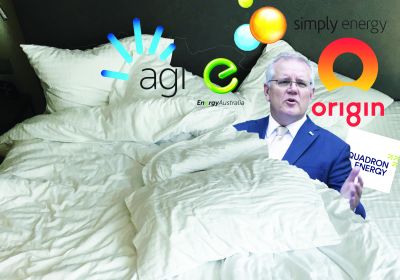
The Australian government's close relationship with the gas industry comes at the expense of workers, renewables, and the environment, reports Margaret Gleeson.

As if to dispel any doubts that her privatisation spree was ending, Jim McIlroy writes that the NSW Premier has moved to reassure private corporations that it is not.
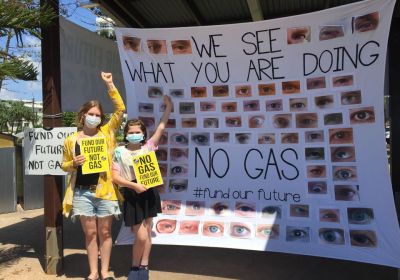
Treasurer Josh Frydenberg's budget was a chance to reset Australia’s failed climate policies. But, as John Quiggin writes, it favoured polluting technologies over a clean energy future.